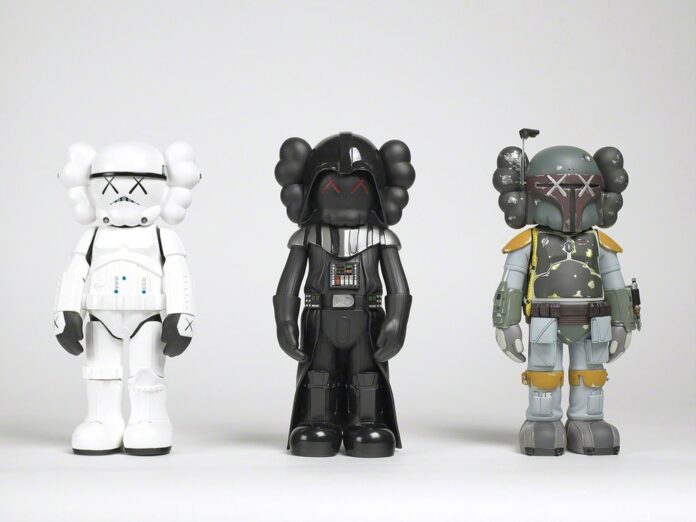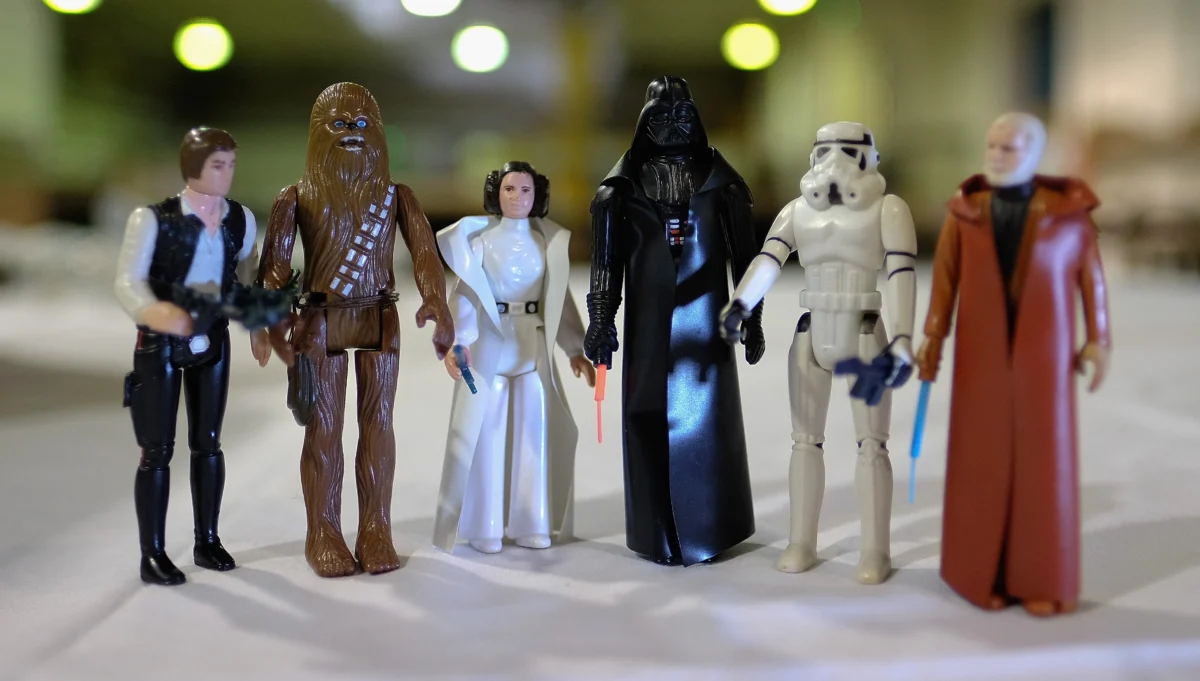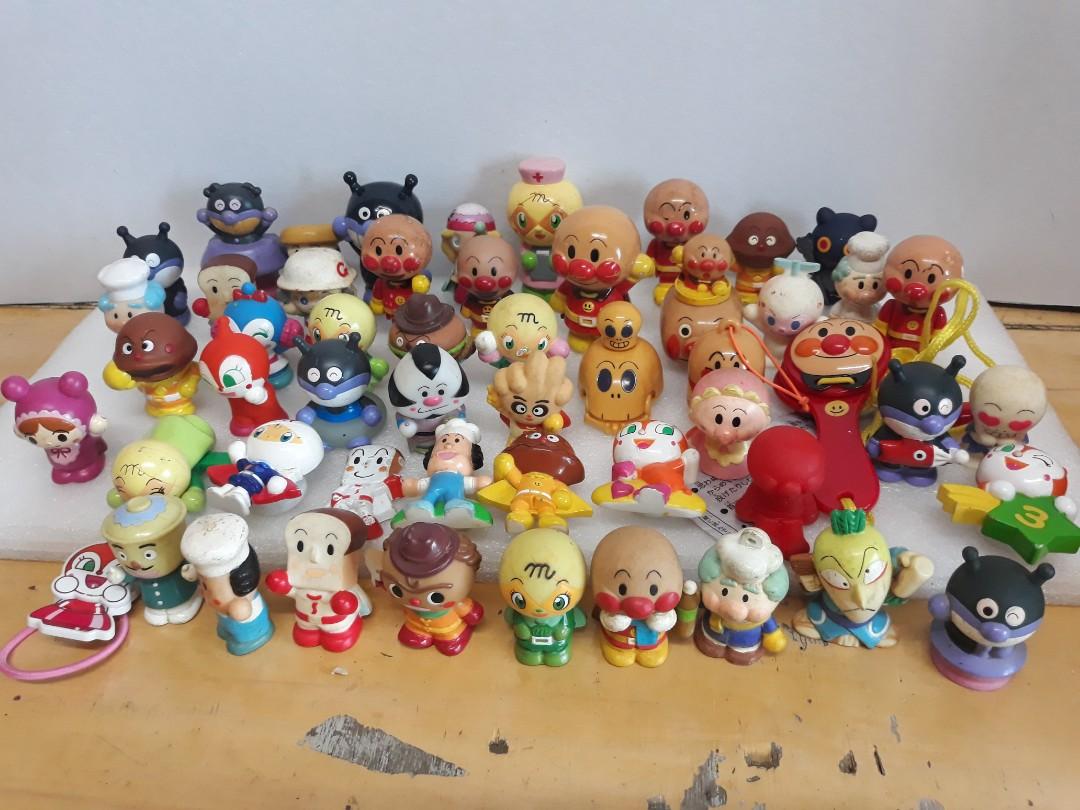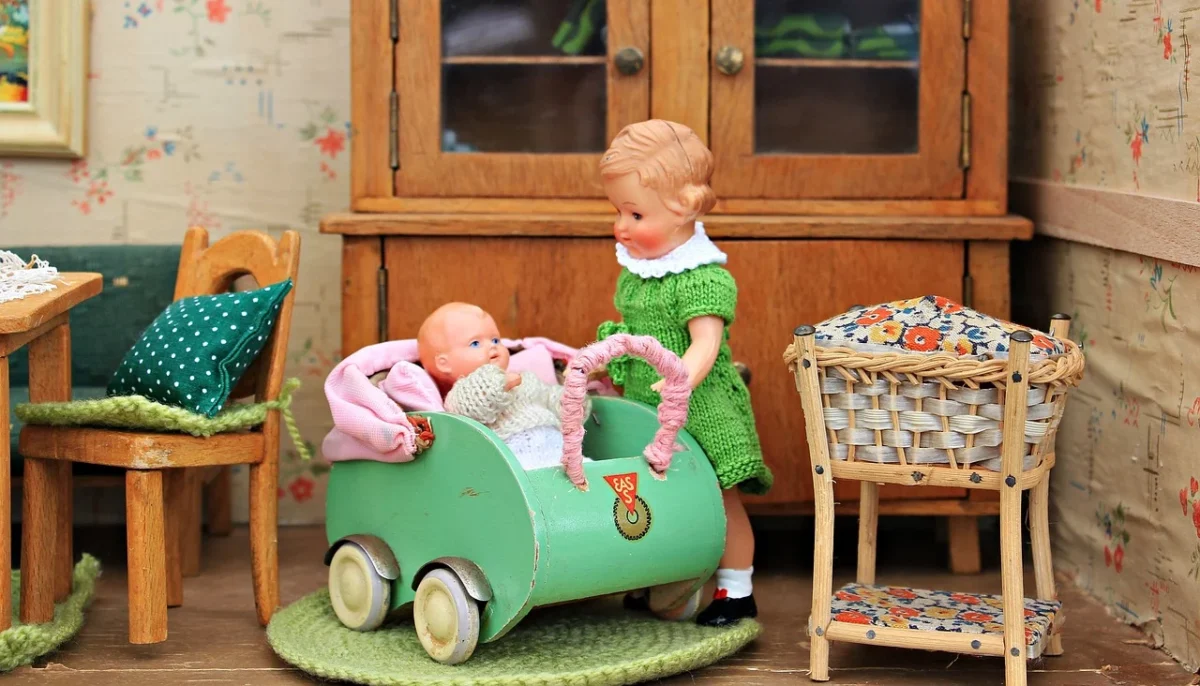
Collectible toys are rare and expensive. Everyone needs to have an idea of what these toys are worth before they get their hands on them! When buying collectible toys, there are many things to consider, some of which aren’t mentioned as often as others. The world of collecting is enormous, and so is their job market. Different terms like antique toys, vintage toys, vinyl collectibles, and vintage collections have been thrown into the mix to give collectors a lot of choices when they’re looking to buy their next toy or item.
Knowing how to take care of your investment after you buy it can make the difference between a low-quality toy living up to its full potential or being worth much less in comparison – a used copy of The Legend of Zelda, for example, could cost you $10 or $20 depending on its condition. So if you’re looking to buy one of these collectibles, you should know a few things before you buy. Here are some common mistakes collectors make when buying collectible toys:
Table of Contents
1. Assuming The Seller Is An Expert

When buying collectible toys, it’s essential to ensure you get a good deal. The best way to do this is by asking plenty of questions about the item and its history. However, buyers make several mistakes when buying collectible toys, and one of the most common misconceptions is that the seller would know everything about the whole collectible toys market.
Sellers may not know how much their items are worth or how they were made. Also, they cannot guide you on which item would be a perfect fit for your customized collection. This could mean that your new prized possession could end up being worth less than expected (or even nothing at all). You should always get second opinions before making any significant purchases online or in person!
2. Not Doing Proper Research
When buying collectible toys, it is essential to do your research first. Know what you are buying, where it comes from, and how authentic your preferred sellers are. You can be fooled by a fake seller who wants to sell their stuff at a higher price just because they know that people are looking for these toys. You may end up paying more than what you actually need or getting something that does not have any value as it is made of plastic, wood, etc.
If you want to ensure that the seller has a good reputation, try checking out websites like eBay, where they should have a good feedback score, or check out authentic sellers like FerraraMarketINC, who have been in this business for years. Check out such stores online, and get your hands on authentic collectibles for sale.
3. Spending A Lot When The Market Is Down

However, this can be a mistake if you don’t know your collection needs or are unsure how much time and money each toy will take up in your lifetime.
The best way to deal with this challenge is by buying only what interests you—not just because it’s popular or cheap at that moment.
Don’t get caught up in trends either; if something becomes too expensive but drops again later down the road due to lack of demand, then don’t feel guilty about selling some stuff off before its value gets too low again!
4. Not Inspecting The Item Thoroughly
You should inspect the toy thoroughly before buying it. This will help you avoid making blunders and getting scammed by an unscrupulous seller. Here are a few things to look for:
Condition of the toy: Make sure it’s in good condition, with no cracks or chips on its surface. If there are any signs of damage or wear, ask yourself if this could affect its value significantly when compared to others similar in age and condition.
Authenticity: Get verification from other sources, like experienced sellers who sell collectible toys as well as on museums’ websites. It’s also possible that someone might try selling fake copies since they’re usually relatively easy to make using cheap materials like cardboard boxes. Most collectibles also come with a certificate of authentication.
5. Buying Counterfeit Items

Counterfeit items are a huge problem, and they’re easy to spot. You can tell if an item is fake by looking at the packaging or examining the toy itself. If you have any doubts about whether you’re buying authentic merchandise, ask someone who knows what they’re talking about—or buy it from another store with a good reputation.
You might also come across sellers who sell minutely damaged products at lower prices. In such cases, make your judgment on how long the item would last given the damage, but don’t get persuaded by them.
6. Buying From A Non-specialist Dealer
Buying from a non-specialist dealer is a big mistake. These people may have the best prices, but they don’t know what they’re doing, and you might end up with something that ruins your collectible toy investment.
You should also avoid buying from dealers who are not regular in toy collecting. This includes dealers who have no prominence for dealing with this particular type of item and, even worse—those who specialize in other kinds of things such as antiques or coins. You want to make sure that when you’re buying collectibles, they are genuine pieces made by reputable companies; otherwise, there’s no reason anyone should trust them with their funds or possessions!
7. Not Knowing How To Preserve

If you are buying such toys for the first time or just planning to start your collection, it is equally important to know how to take care of your possessions. To help you with the same, here are a few points you might want to note down.
Do not leave your collectible toys in the sun, rain, or cold! However, do not store your toy collection away from direct sunlight as well; even though it may seem safer to keep some of these items away from light at all times, this isn’t always possible due to their delicate nature or size/weight issues. Be mindful of cleaning them regularly to avoid dust or dirt, and ensuring that they are not kept on any wet surface for long. In the case of vinyl stuff, try keeping them in polyurethane sleeves.
Final Thoughts
All in all, buying collectible toys can be a fun and rewarding experience, but it comes with risks. It’s essential to know how to check for authenticity and protect your investment from wear and tear before you make a purchase so that when you get home with your new toy, you know exactly what it is worth.







